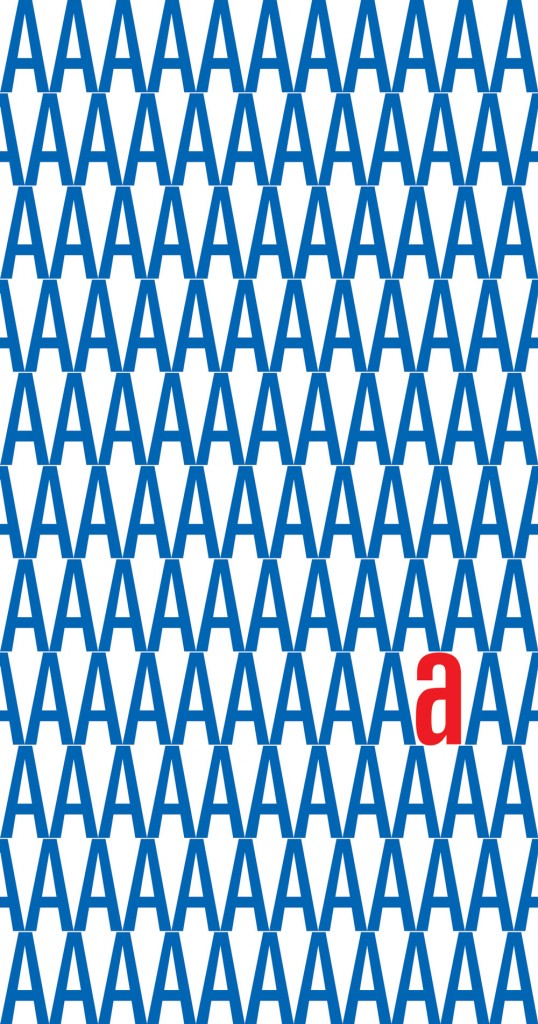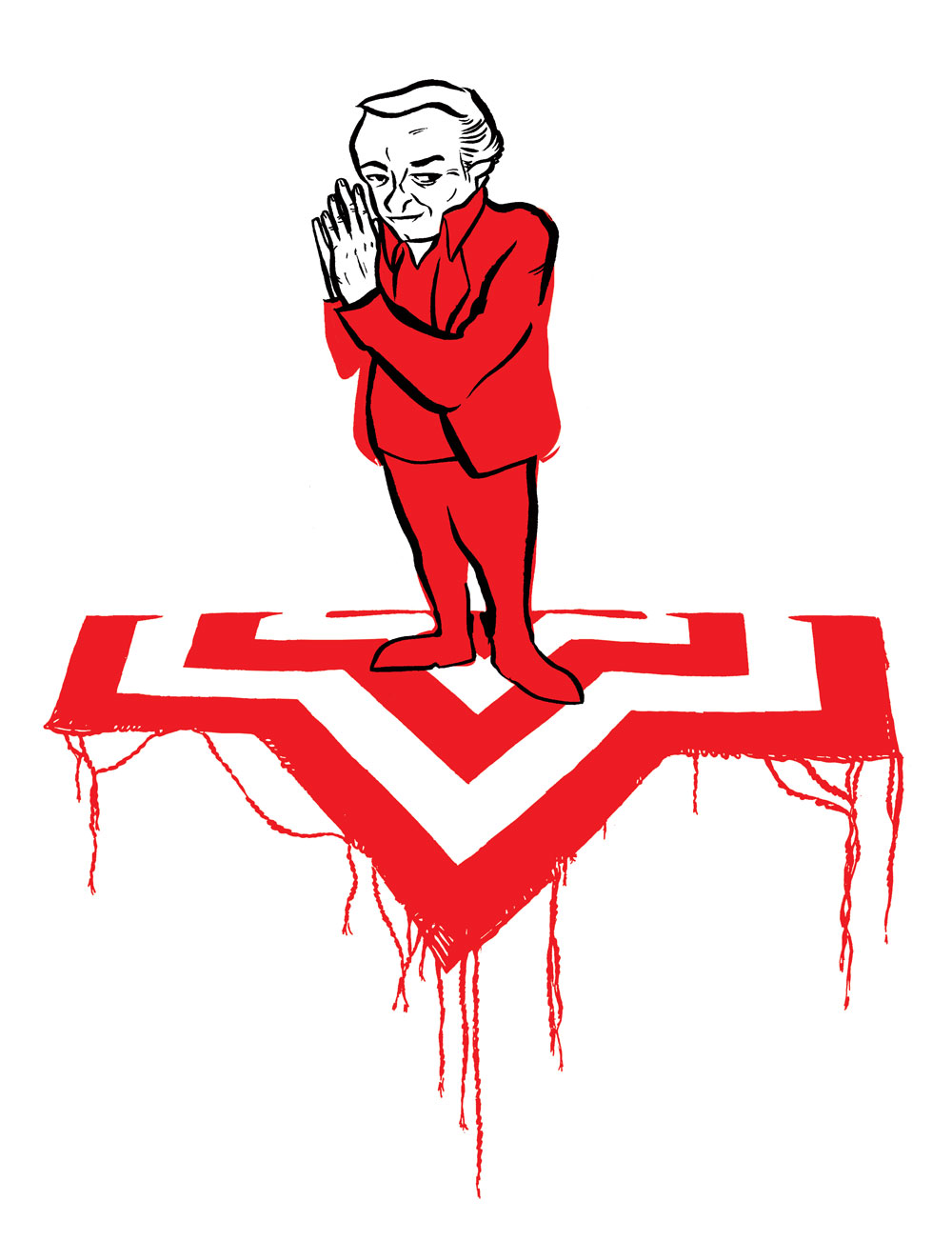Design Professionals Discuss Ethnicities in the Industry
Norman Teague is a native Chicagoan, a successful designer and educator, and a graduate student in Designed Objects at the School of the Art Institute of Chicago (SAIC). He recently hosted a panel discussion at the Chicago Cultural Center to address the lack of racial diversity at CHGO DSGN, the Center’s exhibition of recent object and graphic design by around 100 of the city’s designers through November 2, 2014.
Teague found beautiful work everywhere in the gallery room. He noticed, however, that Sandro Miller’s photograph of the designers did not include many minorities and did not include any designers of color. “If it’s a Chicago show, let’s make it look like Chicago,” he says. During a tour led by the show’s curator Rick Valicenti, Teague asked about the lack of ethnic diversity in the photograph that seemed to show all of the designers in the show. Valicenti had no explanation, but he offered to host a panel discussion on the matter together with Teague.
The discussion took place at the Cultural Center and included several designers, as well as Rashayla Brown, SAIC’s Director of Student Affairs for Diversity and Inclusion. Valicenti explained that his network of designers had led him to the selection for the show. One of his first suggestions in the panel discussion was to shoot portraits of designers that represented the missing ethnicities, like Teague, and include their work in the exhibition. Though well-intended, the new photograph would reinforce the segregation by visually separating the two groups of people into two different photographs. Teague and Valicenti decided not to proceed with this idea.
Valicenti explains that some designers of color contacted for inclusion in the photo declined for different reasons. One of them, David Hartt, declined to be interviewed but shared an excerpt from a letter he sent Valicenti and Dan Schulman, Director of Visual Art at the city’s Department of Cultural Affairs and Special Events, after attending the exhibition. “While finally taking the time to look at the photo on the back wall of all of the participants, I became aware that there was not a single black designer among them … I’ve just gotten tired of the casual segregation that continuously happens here, like a blunt violence,” Hartt wrote.
When accepting what is the challenge of putting together an exhibition of all of Chicago’s design, Valicenti also had the responsibility to represent it accurately. As an educator, Teague works to open the field of design to young people as an option for a career path. “To bring them to a show like this takes us a few steps backwards. It doesn’t give my students the idea that this is the place where they should be.”

“The omission on [Valicenti’s] part was not intentional, but the fact that his networks did not suggest to him designers from a variety of racial and ethnic backgrounds points to a larger problem in the field,” says Rashayla Brown. “Designers [should] make it their personal responsibility to mentor at least one promising designer of color and emphasize that social responsibility is a part of ensuring the relevance and sustainability of the profession.” Valicenti, who is also a designer, promised at the panel discussion to act on this and has brought an African-American student to work as a paid intern in his studio. Brown provided a list of institutions for designers to reach out to design students of diverse ethnicities, including Project Osmosis, Design Apprenticeship Program at the Arts Incubator in Washington Park, and the Newhouse Program.
“The curation was not done through the lens of race or gender, but rather through the filter of the work itself and the geographic range from which it came,” Valicenti says. “I am aware that every project is a work in progress. CHGO DSGN is no exception. Throughout the five-month life span of this exhibition, new work has been added on various occasions. Much of the new work represents Chicago’s African-American designers.”
One of the most racially diverse works in the show is by Scott Thomas, the designer in charge of Obama’s 2008 and 2012 campaign identity. His collaborative work, The Noun Project, projected a collection of more than 250,000 symbols by designers from all over the world. Each design was accompanied by the name of the designer and a title that clarified its meaning. One by Vlad Likh was a human shape with an afro, sunglasses, and a v-neck T-shirt. Its caption identified the icon as musician Lenny Kravitz.
The politics of ethnic diversity affect all professions, but perhaps more importantly, designers in Chicago who thrive on the support of their community. The Chicago Design Museum, which opened earlier this year, was made possible by an enormous Kickstarter campaign and countless volunteers, who are for the most part designers themselves. Brown and Teague agree that local designers and artists are responsible for the future of design in Chicago, and that ethnic diversity and inclusion are a part of the practice that should continue to be developed.
Valicenti said that earlier in his career there was a significant, ongoing conversation about gender and sexuality that is still relevant but no longer an issue for the field of design. Like any community, the one in Chicago around contemporary art and design will most likely always have issues it could work on. As the CHGO DSGN panel discussion makes clear, change can only come from those who are part of that community.







